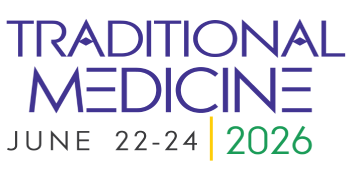Title : Anti inflammation and gene expression profiling of human hair follicle Dermal papilla cells in response to Oryza Sativa Cv Khao Dawk Mali 105 Bran extract
Abstract:
Androgenetic alopecia (AGA) is a multi-factorial hair loss that affects patients’ psychological welfare and social interaction. Currently, synthetic medicines for AGA contain several side effects and narrow mechanisms. Natural alternative medicines have gained attention due to their multi-mode mechanisms and fewer side effects. The enormous amounts of rice bran, an agricultural waste, could cause severe environmental pollution in Thailand. Moreover, rice bran was used for the treatment of cancer, inflammatory diseases, diabetes, and skin diseases in recipes of Thai folk medicine. Therefore, rice bran extract of local rice cultivar, Khao Dawk Mali 105 (KDML105), was assessed for its valuable utilization for AGA treatment regarding anti-inflammatory activity and gene expression regulation related to AGA. The bioactive compound estimation of phenolic, flavonoid, polysaccharide, and protein contents was determined. Griess reaction assay was used to evaluate the anti-inflammatory effect of KDML105 extract in RAW 264.7 murine macrophages. Semiquantitative reverse transcription-polymerase chain reaction analysis was performed to measure the expression level of genes associated with hair growth promotion in human hair follicle dermal papilla cells (hHFDPCs). The result showed that flavonoids were predominantly found in KDML105 extract (48.18 ± 4.90 mg EGCG equivalent/g extract). Nitric oxide production was notably attenuated by KDML105 extract, contributing to anti-inflammatory activity. Furthermore, KDML105 extract increased the mRNA expression of multiple genes associated with hair growth-promoting effects, including SHH, SMO, GIL1, CTNNB1, and VEGF in hHFDPCs. The study provided the evidence to verify that KDML105 extract possesses the abilities to promote hair growth by reducing nitric oxide production and enhancing the gene expressions in the sonic hedgehog, WNT/β-catenin, and VEGF pathways. Thus, KDML105 extract could be a candidate for further studies on the utilization for AGA treatment.




